ORCA Sea Safari Guide, Stuart Gill, wrote the below account from the Sea Safari on the 14th to 16th August 2024.
With everyone safely aboard on a beautifully sunny Wednesday afternoon, all 80 guests and the ORCA volunteer team knew we were in for a good Sea Safari when during the introductory talk by Dawn (the on-board Ocean Conservationist) a pod of dolphins and a huge tuna bait ball obligingly appeared right on cue outside the window! Naturally after this all were keen to get on deck and get eyes on the sea and soon were rewarded by more dolphin sightings and even two large whale blows in the distance too.
Up on deck at sunrise the next morning we didn’t have to wait long for a large pod of 50 pilot whales to swim by close to the ship, and even more excitingly a large cetacean began to repeatedly breach clear of the water on the port side. Everyone got a close view with much excited exclamation and clicking of camera shutters. Initially, we identified this as a possible Northern bottlenose whale, but on closer inspection of photographs we have decided to send photos from guests and guides to ORCA's network of beaked whale experts for further clarification. Although the size and colouration seems very northern bottlenose-like, the head shape in some photographs does not look quite bulbous enough for northern bottlenose whale. We await to hear from our expert friends - watch this space!
Update 04/09/2024: We have heard back from our network of beaked whale experts, and the consensus is: Cuvier's beaked whale!
"It has a fat head and a stubby beak – looks like Ziphius to me. Even a young Hyperoodon would have a more bluff melon; any of the Mesoplodon would have a longer beak and flatter head. It is not as chunky as most Ziphius; likely a young animal. The head and beak shape are typical of Ziphius. Hyperoodon will always have a bigger, square head even in younger animals."
Nonetheless, the buzz was palpable as we marvelled at the rarely seen beaked whale's highly energetic behaviour – a definite memorable highlight for all! More striped and common dolphins were seen on the way into Santander, as well as several pods of logging Cuvier’s beaked whales and of course fin whales which are regular summer visitors to the bay.
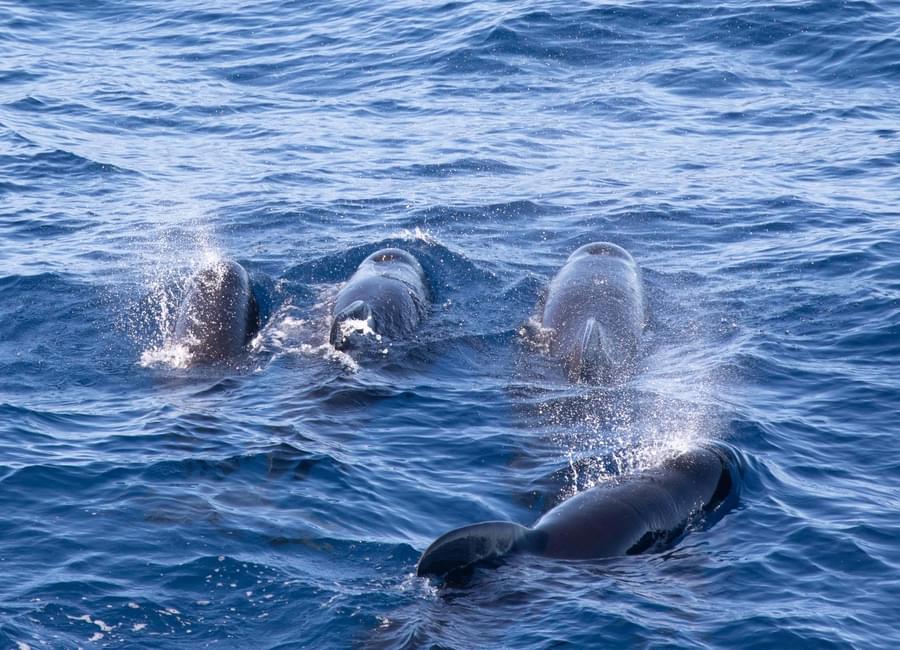
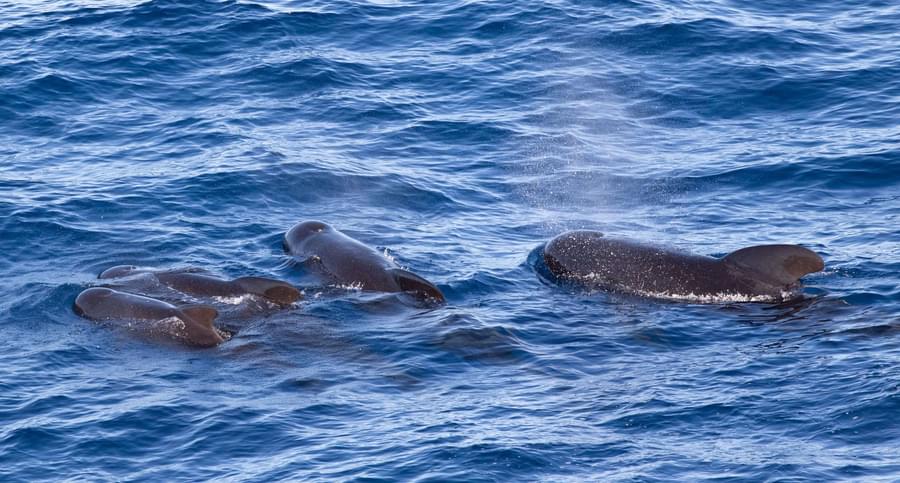
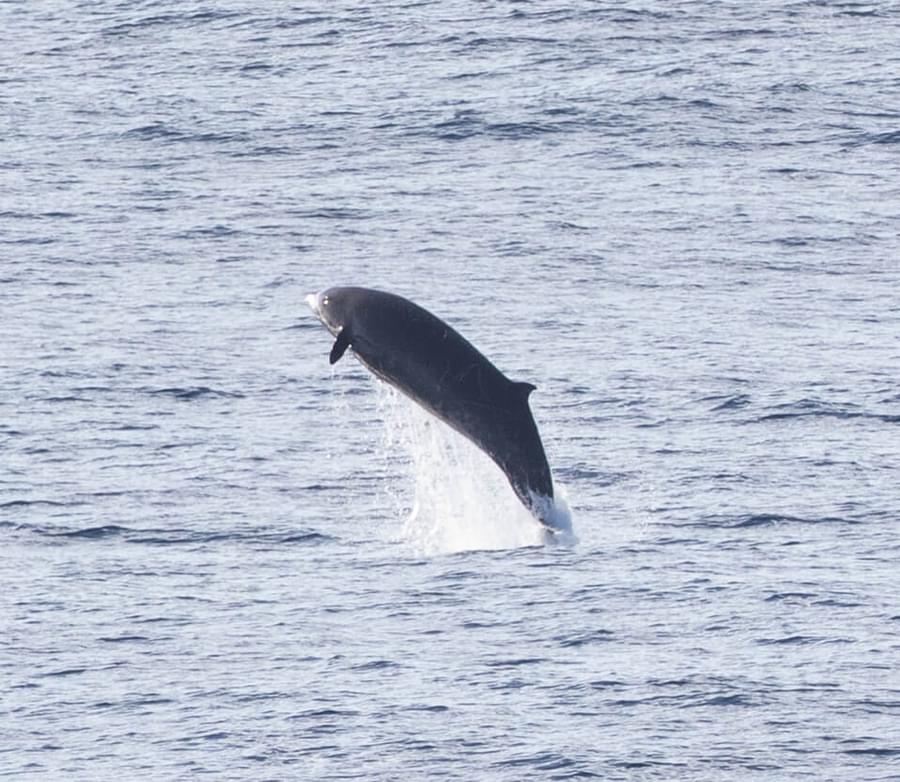
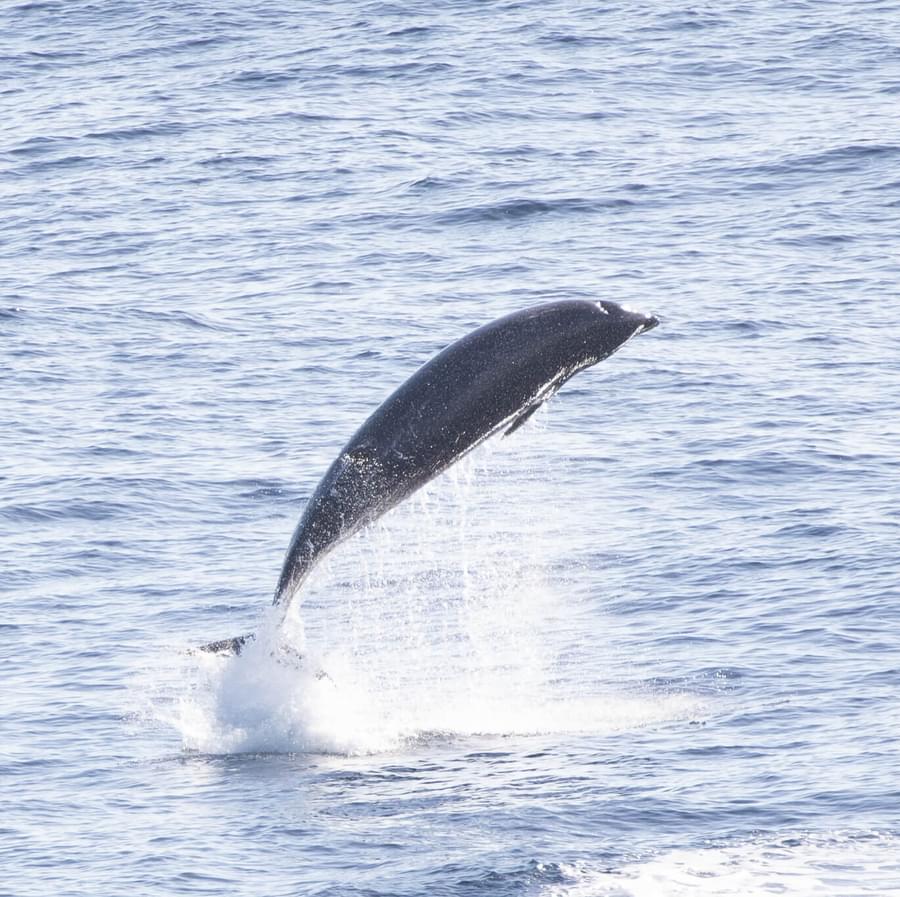

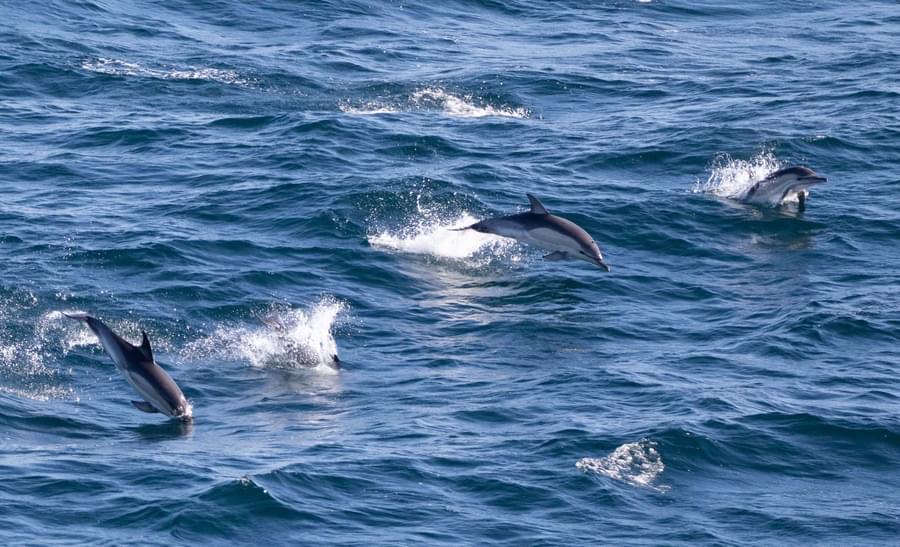
A sunny stop in Santander was followed on the return leg by more beaked whale, pilot whales, and a flurry of fin whale sightings as we all watched a fabulous sunset in the cloudless sky. The next morning dawned wet and murky but we still had common dolphin sightings, and as the weather cleared and became warm and sunny we had many common dolphin encounters all the way into Plymouth, interspersed with tuna and gannet feeding frenzies too. The sea state was so good now that we also had a spectacular sighting of a pod of 12 harbour porpoise, right as we were getting ready to pack-up and take our (large!) group photo – notable for the broad smiles and happy faces after another fabulous Sea Safari with ORCA!
A map of all of our sightings can be viewed below.
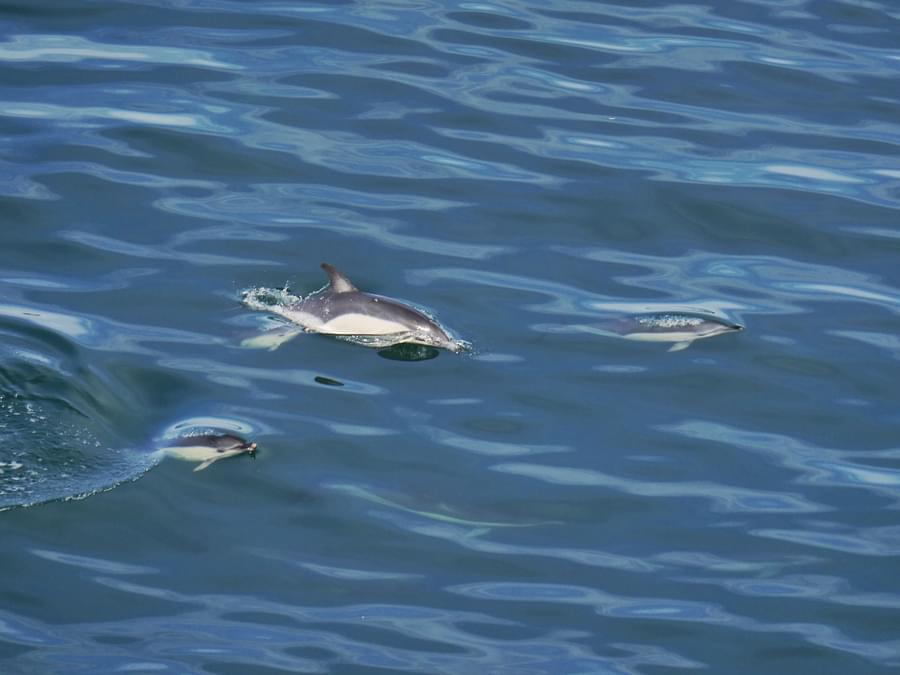
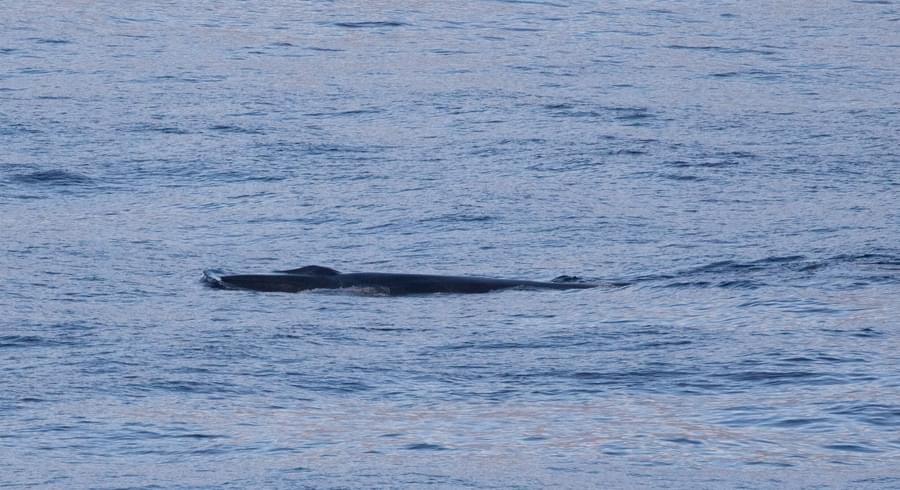
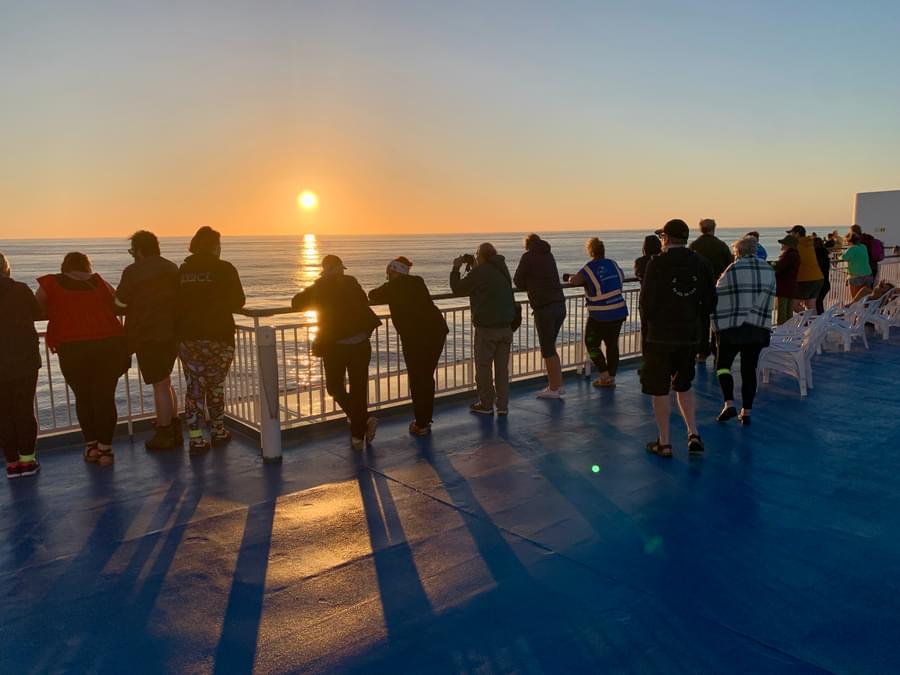
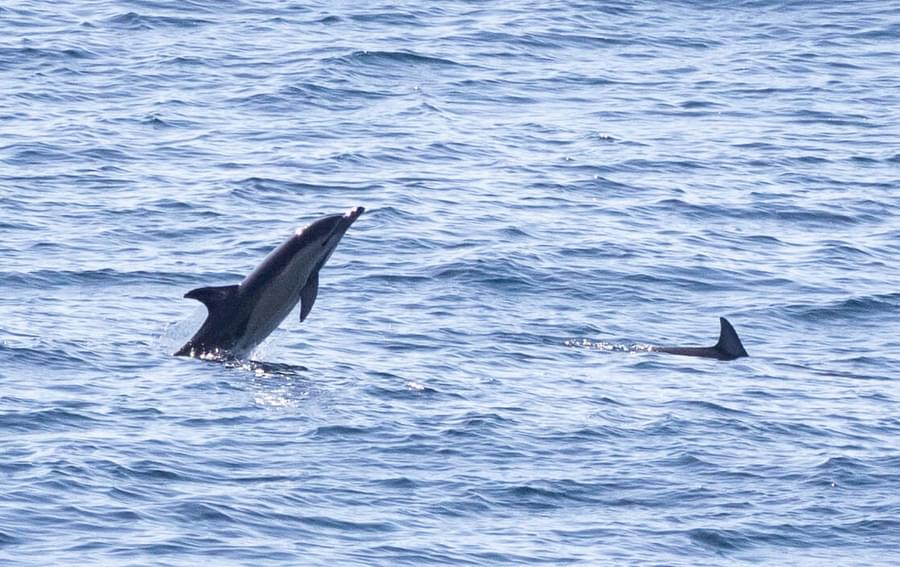
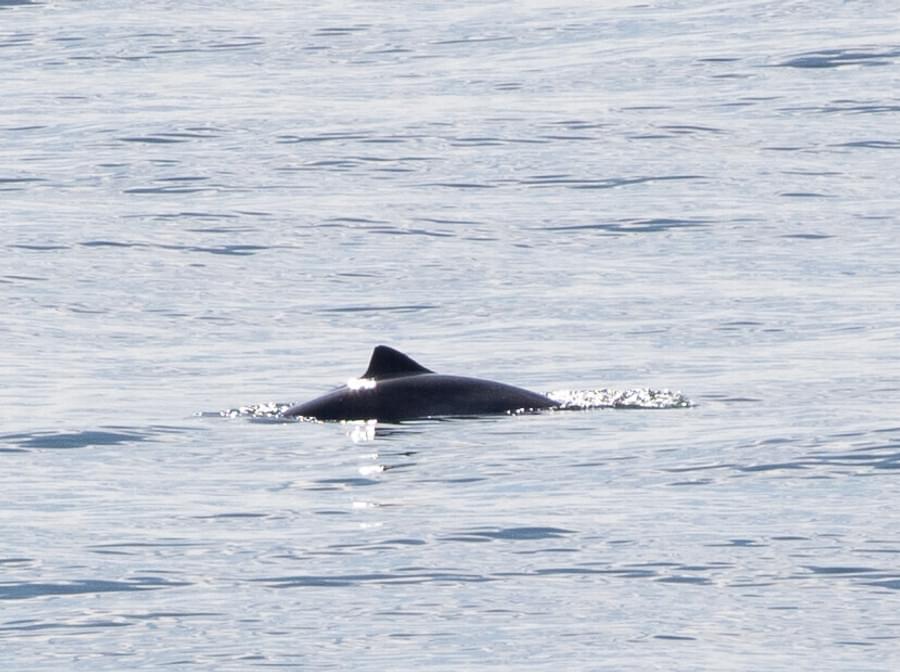
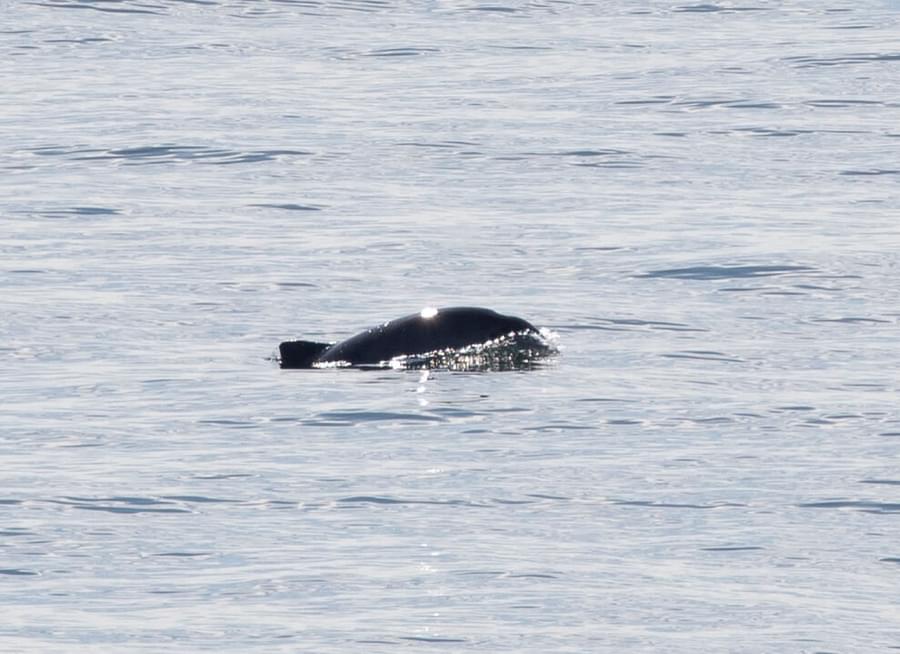
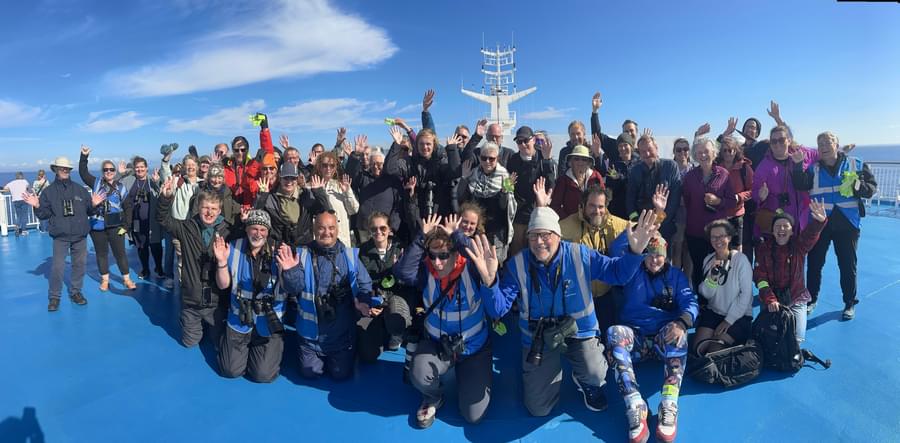
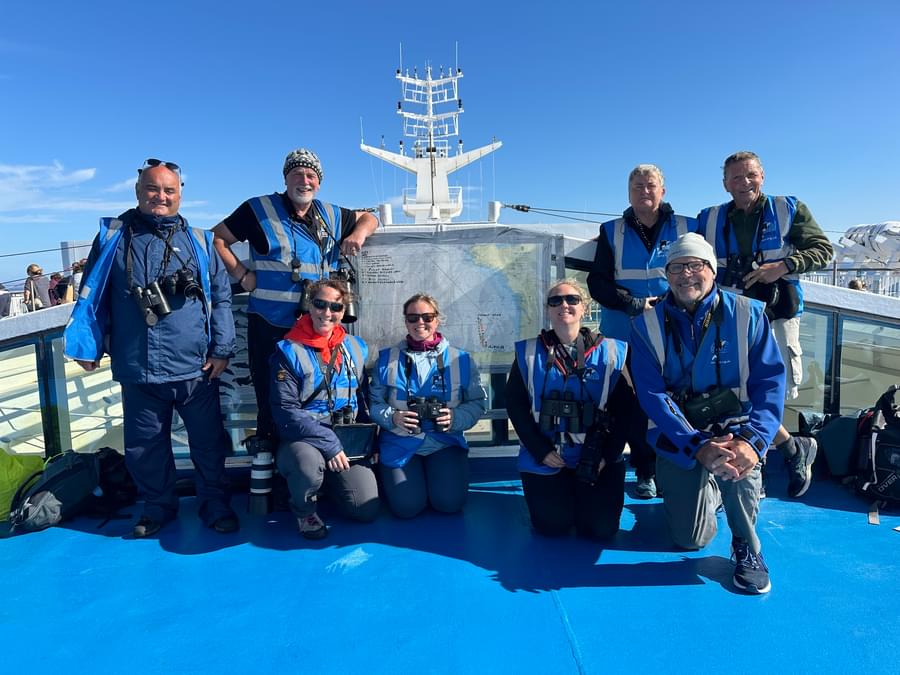
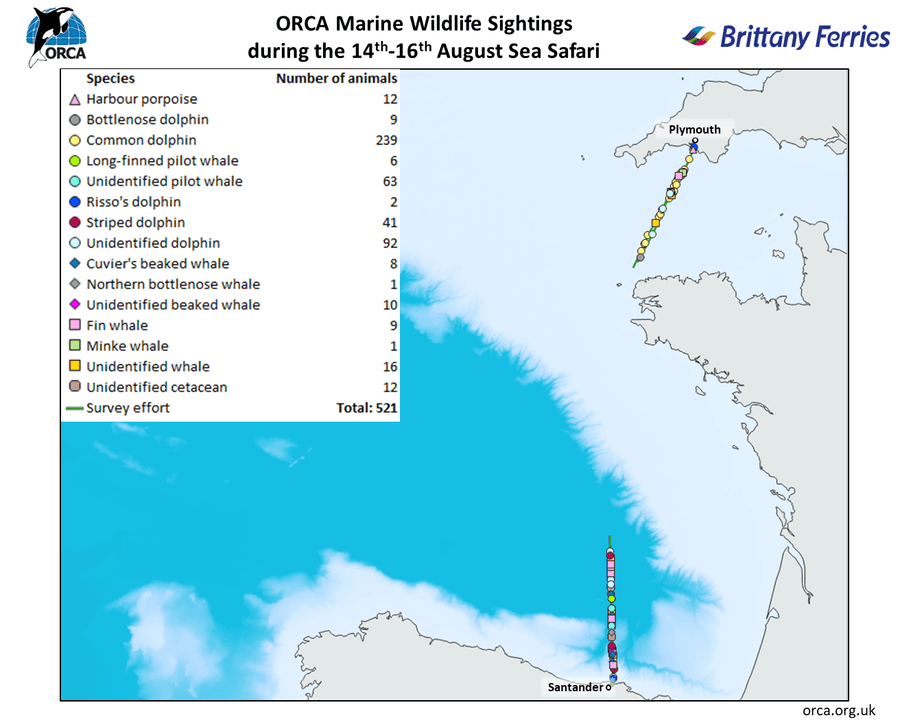
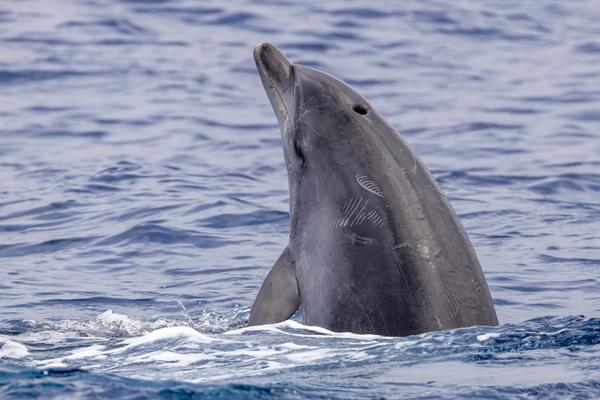
The best way to really appreciate how amazing whales and dolphins are is to see them in the wild where they belong - and you can do that from right on your doorstep by joining one of our Sea Safaris! Visit www.orca.org.uk/watch to check out all the upcoming dates and take your first step on your very own whale and dolphin adventure!

